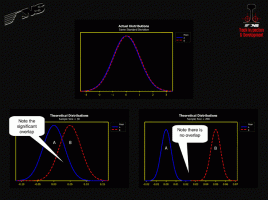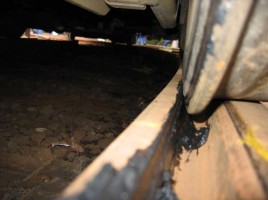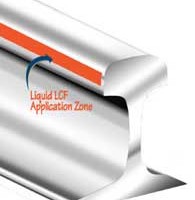Managing Wheel/Rail Interaction on Rail Transit Systems
By Bob Tuzik • January, 2008 All railways must deal with operating/engineering and vehicle/track interaction issues. But rail transit systems, which operate under the microscope of the urban environment, face special, often unique, challenges. Speakers at Rail Transit ’07, Advanced Rail Management and Interface Journal’s third seminar devoted to wheel/rail interaction on rail …






